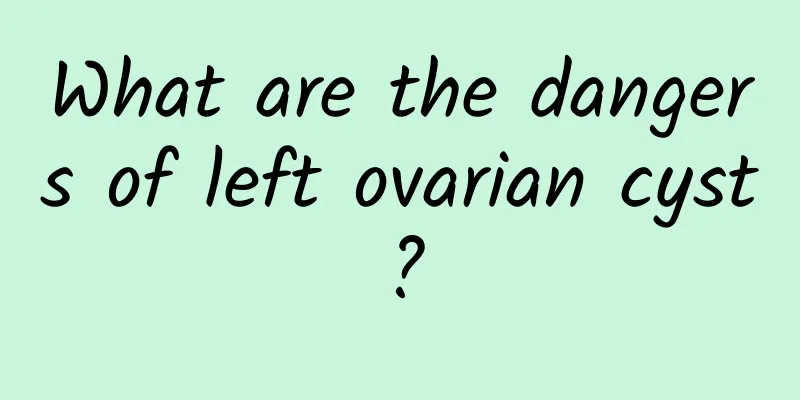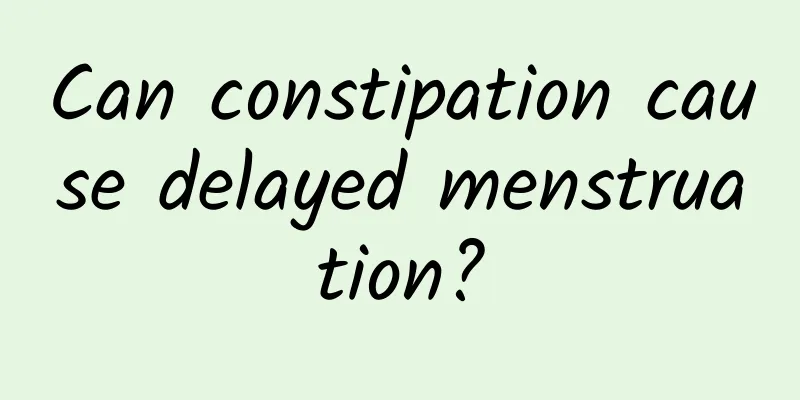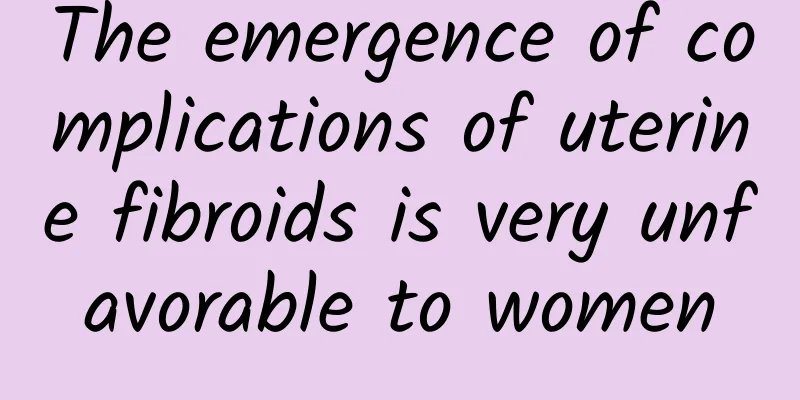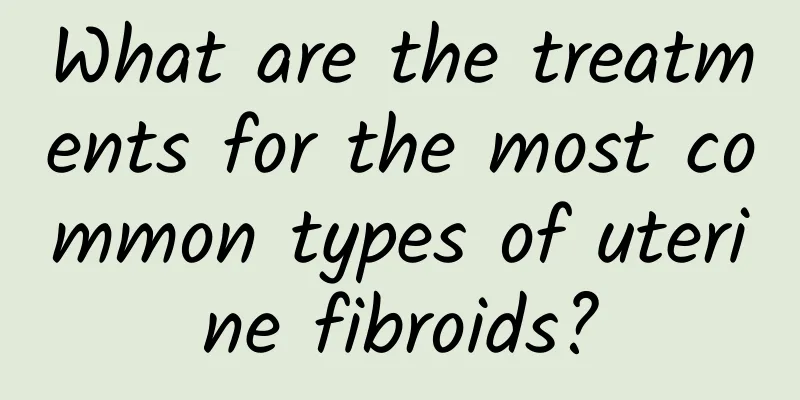What are the dangers of left ovarian cyst?

|
To put it simply and intuitively, "ovarian cyst" refers to a mass inside or on the surface of the ovary. The symptoms of ovarian cysts are usually liquid, sometimes solid, or a mixture of liquid and solid. Ovarian cysts are usually small, about the size of a pea or cashew, and some cysts grow like a softball or even larger. So, what are the dangers of left ovarian cysts? What should I do? Although the ovaries are small, they are important organs that produce eggs and ovulate, secrete endocrine hormones, and balance endocrine secretions. Ovarian tumors often occur during the reproductive age when endocrine secretions are active. Clinically, the basic pathological and physiological changes of many patients with ovarian cysts and polycystic ovary syndrome are that the ovaries produce too much androgen, and the excessive production of androgen is the result of the synergistic effects of the abnormal functions of multiple endocrine systems in the body. If the tumor has no complications, there is very little pain. Patients with ovarian tumors feel abdominal pain, especially when it occurs suddenly, which is often caused by the twisting of the tumor pedicle, or occasionally by tumor rupture, bleeding or infection. Malignant cysts often cause abdominal pain and leg pain, and the pain often causes patients to seek emergency treatment. There are several other medications that can treat ovarian cysts: Meixiaodan Hongjinxiaojie Tablets are mainly used to soothe the liver and regulate qi, promote blood circulation and remove blood stasis, and relieve swelling and pain. They are used for breast lobular hyperplasia, uterine fibroids, and ovarian cysts caused by qi stagnation and blood stasis. Hongjin Xiaojie Concentrated Pills can soothe the liver and regulate qi, soften and disperse nodules, promote blood circulation and remove blood stasis, reduce swelling and relieve pain. It is commonly used for breast lobular hyperplasia, uterine fibroids, and ovarian cysts caused by qi stagnation and blood stasis. Guizhi Fuling Capsule is a compound preparation made from five traditional Chinese medicines: cinnamon twig, tuckahoe, peony bark, peach kernel, and peony root. It is suitable for endometriosis, chronic pelvic inflammatory disease, uterine fibroids, dysmenorrhea, amenorrhea, ovarian cysts, breast hyperplasia, prostate hyperplasia, urology, breast surgery, and obstetrics and gynecology. |
<<: What are the specific hazards of premature ovarian failure?
>>: What are the symptoms of pelvic inflammatory effusion?
Recommend
Can ovarian cysts cause infertility? Is there any good way to prevent it?
Can ovarian cysts cause infertility? What are som...
Amenorrhea with virilization symptoms can be checked for adrenal cortex function
When the thyroid gland is underactive, the endocr...
New study: Eating 800 grams of vegetables and fruits a day can reduce the risk of death from disease
In 2017, the Imperial College of London integrate...
How long is a delayed menstruation considered normal? How to treat delayed menstruation
It is normal for women to delay their menstruatio...
With firm belief, women can all blossom their value
In the more traditional and conservative Asian so...
Is adnexitis easy to treat?
Adnexitis is a common gynecological disease. Time...
How to identify vaginitis as a patient
There are many ways to identify vaginitis. Doctor...
Will cervical pregnancy lead to spontaneous abortion? Will there be bleeding?
Cervical pregnancy may lead to spontaneous aborti...
What are the necessary inspection items before painless abortion?
Women who have unexpected pregnancies will choose...
Common clinical symptoms of chronic adnexitis
Chronic adnexitis is a type of adnexitis, and man...
How much is the pelvic fluid during ovulation?
Generally speaking, pelvic effusion indicates pel...
What are the causes of ovarian cysts?
What are the causes of ovarian cysts? I believe m...
Several things to check before abortion
Abortion is no longer a difficult operation. Many...
Why do patients with recurrent miscarriage need immunological examination?
It is not uncommon for women to have three or mor...
Safety risks of abortion surgery
Although abortion can promptly resolve the worrie...









